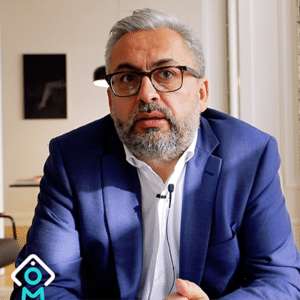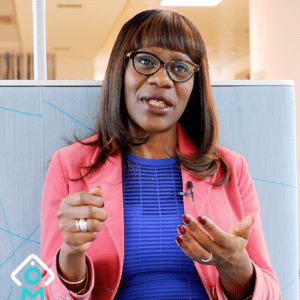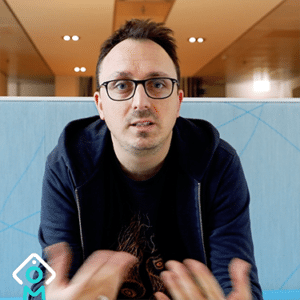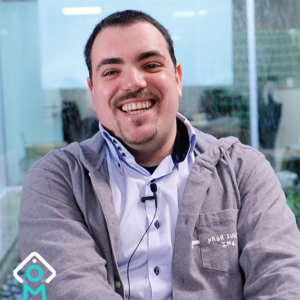Making profitable choices
In this video, Alfonso Garcia Frey explains how to make profitable choices:
- Changing directions when necessary
- Offer a free version?
- Quantify R&D and unknows
- Listening to user feedback
Alfonso Garcia Frey is CEO of Yotako. Find it at yotako.io
You liked this content?Share it now!
Bookworm? Read the transcript!
Transcription de l'intervention de Alfonso Garcia Frey
Changing directions when necessary
One of the first direction changes we made was: our editor was good, but it wasn’t what people were asking for so we got rid of it… We kept it anyway to run some tests here and there, but in the end, we became compatible with the family of design software that people are using today. That’s how we changed our business model and approach, thanks to client feedback.
Offer a free version?
Yes! Very limited, of course… but enough to give a taste of what it can do and what it’s for.
Quantifying R&D and unknowns
There are things we’re sure we aren’t able to estimate, like how long R&D will take. We know those are unknowns. The problem are the things we don’t know we don’t know! That’s the problem. To estimate those things, we get the information little by little. And that’s why you always need to factor in more time than you think you need. Then try to manage unknowns the same way, whether you’re dealing with the technical road-map your hours per week, or even your employees, and it’s very difficult. When it’s a creative project, with a share of unknowns that’s non negligible, knowing how to deal with it is part of the job.
Listening to user feedback
I think you need to listen to customers. They’re the ones who will tell us what to do what isn’t useful, what doesn’t work, what they would like to have on the platform. But not all the feedback we get is worth listening to, you need to know how to analyze it and prioritize, what’s most important, especially from a business point of view. You need to make estimations. There are techniques for that. You have to be as objective as possible, base it on data as much as possible, and even if you have a gut feeling, try to keep away from the subjective part of analyzing to make a road-map that fits your customers’ expectations the best possible.




